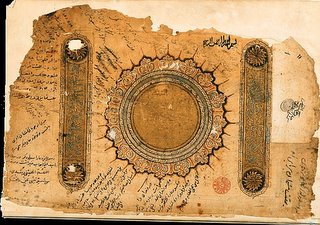
 "In Saint George’s name commence, and show to the first, over the
"In Saint George’s name commence, and show to the first, over theopponent.High or low movements, this is how the wrestling begins."
 "When he holds himself completely erect and braces from behind, thus you have
"When he holds himself completely erect and braces from behind, thus you havehim in the Hacken (Leg Hook). So use this technique, that is called the Sthragft."
 "When he will pull your Hacken from his leg. Thus use this
"When he will pull your Hacken from his leg. Thus use thistechnique. It is called the Rigel (bar or barrier). "
 "Then he has lifted you completely and has made you come against your will. So use the technique that you see here.Thus he must let go of you or you break his arm."
"Then he has lifted you completely and has made you come against your will. So use the technique that you see here.Thus he must let go of you or you break his arm."This treatise from ~1505 by Hans Wurm is another in the large body of illustrated German combat manuals, the Fechtbücher. It continues a tradition of describing the kampfringen - a system of combat grappling or wrestling originating with the teachings of Ott Judd from ~the early 15th century.
- 23 woodcuts are included in the manual and they serve as a reminder of how bad block colouring can be. It is certainly a very early example of a wrestling manual but it is unlikely to have been the first. All the plates from Das Ringersbuch by Hans Wurm are displayed at the Association for Renaissance Martial Arts website. They have also included a translation and commentary.
- It's arguably easier to view the images at this photo-server because they have posted 3 different sizes. The large images at the ARMA site take a long time to load.
- Timeline of the Fechtbücher.
- Interestingly enough, there is a Catholic Academy of Sacramental Combat Arts website which attempts to project a religious dimension onto Wurm's book. (I mostly posted this link because of the website title. Easily amused? Sometimes.)
















































